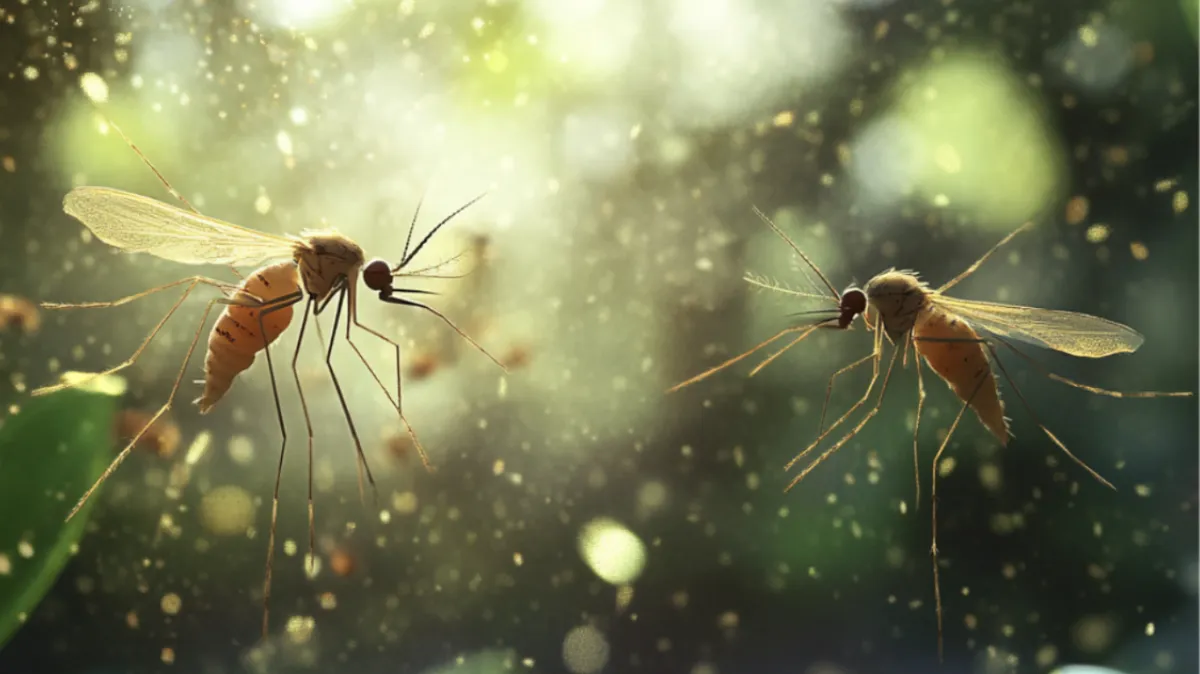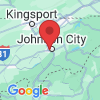The Shield Pest Journal
Check out Shield Pest Appalachia’s most recent blog posts for helpful pest prevention and control suggestions. Our blog covers from detecting common pests to creating tailored solutions in the Tennessee and Virginia areas. Do you have a pest-related question? Contact us today for experienced guidance and solutions targeted to your specific needs.

April Showers Bring May... Pests? Combatting Moisture-Related Invaders
Understanding Moisture and Pest Infestations in Johnson City, TN
In Johnson City, TN, the unique climate can often lead to increased moisture around homes, which is a major draw for various pests. Here’s a closer look at how moisture invites pests and what those conditions mean for homeowners:
Breeding Grounds for Mosquitoes:
Standing Water: Mosquitoes lay their eggs in standing water. Even small amounts in bird baths, clogged gutters, or plant saucers can become mosquito nurseries.
Regular Monitoring: After rainfall or irrigation, it’s vital for homeowners to inspect their property for any standing water and eliminate it promptly.
Attraction of Subterranean Termites:
Damp Wood: This type of termite is particularly attracted to wood that has been softened by moisture. This can include wood mulch close to the foundation, piled firewood, and decayed fence posts.
Preventive Actions: Ensure wood is stored away from the home’s foundation and keep mulch levels moderate to reduce direct wood-to-soil contact where termites thrive.
Fungal Growth and Pests:
Mold and Fungus: High humidity and persistent moisture can lead to mold and fungus growth, which is attractive to a variety of pests including cockroaches and wood-decaying insects.
Humidity Control: Using dehumidifiers in damp areas like basements, and ensuring good ventilation can help reduce these moisture-related problems.
Increased Pest Survival Rates:
Ideal Conditions: Many pests, such as earwigs and silverfish, thrive in moist environments which allows for higher survival rates and more rapid population growth.
Reduction Strategies: Effective drainage and moisture control can reduce the overall pest population by creating less hospitable conditions for their survival.
Key Strategies for Managing Moisture-Related Pests in Johnson City, TN
Managing moisture-related pests involves several strategic actions that homeowners in Johnson City, TN, can take to protect their properties. Here’s a detailed look at these essential strategies:
Proper Drainage Systems:
Clean Gutters and Downspouts: Regular cleaning ensures that gutters are not clogged with leaves and debris, preventing water from overflowing and pooling near the foundation.
Improve Landscaping: Adjust the landscaping to slope away from your home. This helps water drain away from the foundation rather than accumulating near it, which discourages pest nesting near or within the structure.
Eliminating Standing Water:
Regular Inspections: Frequently inspect your property after rainfalls for any standing water. Focus on common problem areas like flower pots, children’s play equipment, and other receptacles.
Cover Water Reservoirs: Securely cover water barrels and other large containers with tight-fitting lids to prevent mosquitoes from accessing the water and breeding.
Reducing Humidity Inside the Home:
Use Dehumidifiers: Place dehumidifiers in high-humidity areas like basements and crawl spaces to control moisture, which can attract pests and promote mold growth.
Enhance Ventilation: Improve airflow in attics, basements, and crawl spaces with adequate ventilation to help reduce moisture accumulation and deter pest invasions.
Termite Prevention:
Wood Treatment: Apply anti-termite products to wood structures around your home. These treatments can deter termites from taking up residence and causing structural damage.
Regular Inspections: Engage a pest control professional for annual inspections to identify any early signs of termite activity, a crucial preventive measure for homes in Johnson City due to the local climate conditions.
The Role of Homeowners in Pest Prevention
Homeowners are the first line of defense against pest infestations. Effective home maintenance and vigilance can drastically reduce the chances of pests establishing a presence in your home. Here are several proactive steps you can take to keep your Johnson City home pest-free:
Seal Cracks and Openings:
Exterior Checks: Conduct regular inspections of your home’s exterior. Identify any cracks or openings and seal them with silicone caulk or other appropriate materials to deny entry to pests.
Door and Window Seals: Ensure that all weather stripping around doors and windows is intact. Replace any that is worn out to maintain a tight seal against pests trying to enter.
Maintain Indoor Cleanliness:
Reduce Clutter: A tidy home is less inviting to pests. Clutter provides hiding spots for pests and can obscure signs of an infestation. Regularly decluttering helps you monitor for pest activity more effectively.
Promptly Address Leaks: Moisture attracts many pests, so it’s crucial to repair leaky faucets and pipes as soon as issues arise. This eliminates a potential water source that could draw pests into your home.
Proper Food Storage:
Secure Food Containers: Store pantry items and pet food in sealed containers. This prevents attracting pests like ants, cockroaches, and rodents who are drawn to easily accessible food sources.
Clean Eating Areas: Regularly clean tables, counters, and floors of food debris and spills. A clean eating area discourages pests from foraging in your home.
Yard Maintenance:
Trim Vegetation: Keep trees and shrubs trimmed back from your house. Overhanging branches can provide easy access for pests to enter your home.
Manage Waste Properly: Ensure that garbage bins have tight-fitting lids and are regularly emptied and cleaned. Decomposing waste can attract pests from a wide area.
Regular Inspections:
Seasonal Checks: At the change of each season, perform a thorough inspection of your home and yard. Look for new potential pest entry points or signs of seasonal pest activity.
Professional Assessments: Consider having a professional pest control service, like those in Johnson City, TN, conduct annual inspections. They can offer expertise and treatment options beyond routine preventative measures.
For more details on how to protect your home, visit Shield Pest Appalachia’s dedicated services https://shieldpesttn.com/ for residents in Johnson City, TN.
Office:
1300 University Pkwy, Johnson City, TN 37604, United States
Call
423-379-2775
Copyright 2024. All Right Reserved.

